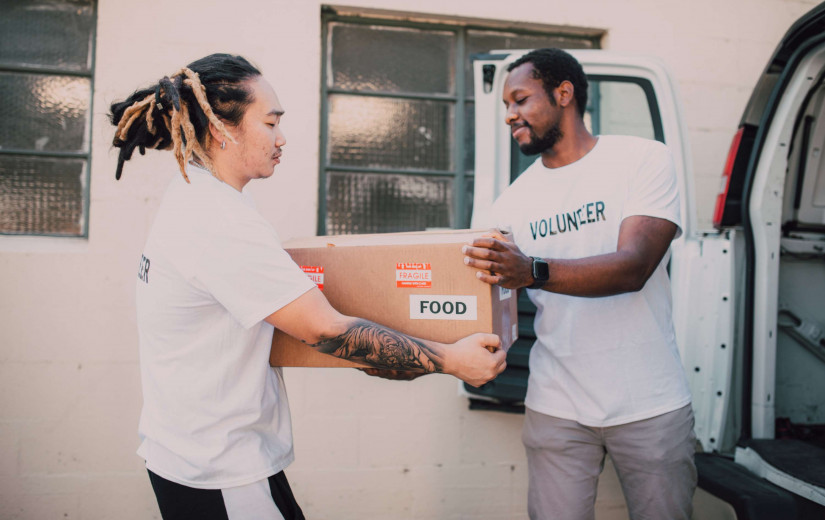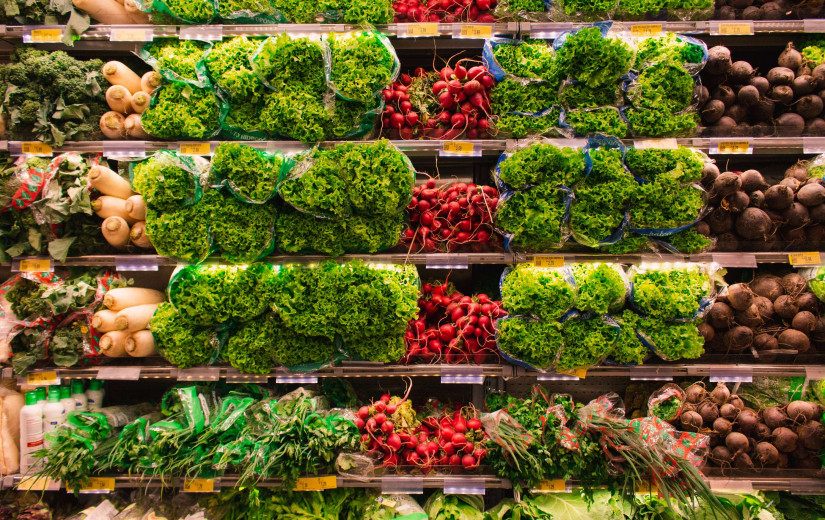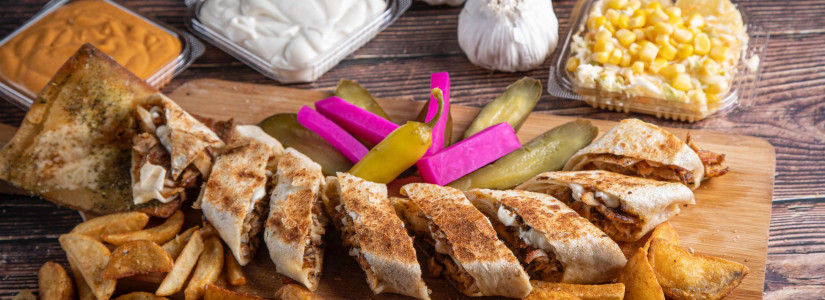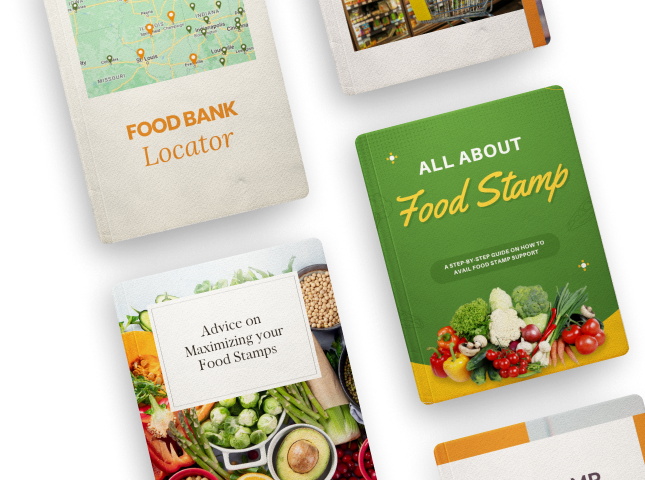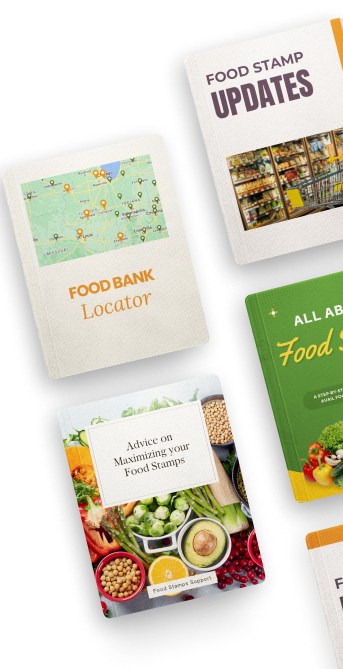Everything You Need To Know About Supplemental Nutrition Assistance Program (SNAP)
SNAP provides nutritional assistance to low-income individuals and families. The program helps people buy food by providing monthly benefits used at participating stores.
The following is an outline of everything you need to know about SNAP:
How Does SNAP Work?
Individuals and families who meet the program's income guidelines can apply for SNAP benefits. The government ensures that SNAP benefits are used to purchase food by issuing Electronic Benefit Transfer (EBT) cards, which recipients can use like debit cards to buy food.
However, beneficiaries can't use SNAP benefits to purchase non-food items like alcohol, tobacco, or pet food.
According to the United States Department of Agriculture (USDA), which administers the program, the average SNAP household receives approximately $256 worth of monthly benefits. For this reason, the program ensures food security for low-income households.
The Income Guidelines for SNAP
Individuals and families must meet specific income guidelines to qualify for SNAP based on the Federal Poverty Level (FPL) updated each year. Families with incomes at or below the FPL are considered to be living in poverty.
For an individual to qualify for SNAP benefits, their income must be at or below 130% of the FPL. For a family of four, their household income must be no more than $2,504 per month. If a family's income is above this limit, they may still be eligible for SNAP benefits if their assets are low enough.
Discover if you are eligible here.
Application Procedure for SNAP Benefits
The SNAP application process begins with submitting an application form obtained online or at a local SNAP office. After submission, a caseworker will determine whether the applicant is eligible for benefits.
However, SNAP is an entitlement program, meaning all eligible individuals who apply for benefits will receive them.
It's advisable to apply for SNAP benefits as soon as possible after a loss of income or change in family circumstances, as there is no retroactive coverage.
Eligibility for SNAP Benefits
Applicants must be U.S. citizens or legal permanent residents and must not be receiving benefits from another means-tested assistance program.
Resource requirements for SNAP benefits depend on the FPL. Households with resources at or below the resource limit are eligible for benefits. The resource limit for SNAP is currently $2,250 for households without an elderly or disabled member and $3,250 for households with an elderly or disabled member.
However, some resources are not counted when determining eligibility for SNAP benefits, including the value of a primary residence and one vehicle.
In case you find that you're not eligible for SNAP, discover other financial assistance resource here.
Disaster Supplemental Nutrition Assistance Program (D-SNAP)
D-SNAP assists disaster-stricken low-income household who use the benefits to purchase food items such as milk, bread, and meat, as well as non-food items such as paper goods and cleaning supplies. Households eligible for D-SNAP benefits can receive up to $500 per household member to serve for over two weeks.
Households must meet certain income and resource guidelines to receive D-SNAP benefits. For example, households with an unemployed member or a disabled individual may be eligible for D-SNAP benefits.
Additionally, households that have suffered a loss of income or property damage due to a natural disaster are candidates for D-SNAP benefits.
The U.S. Department of Agriculture (USDA) administers the Disaster Supplemental Nutrition Assistance Program, and interested individuals can contact their local USDA office for more information.
Disbursement of the Benefits
An applicant who qualifies for the program will receive help within 72 hours due to urgency. They get an Electronic Benefits Transfer (EBT) card, which serves as a debit card to purchase food items at participating stores. The program helps the government reach disaster-stricken areas and feed the people who need it most.
However, the D-SNAP program is only available for a limited time after the declaration of a disaster, and interested individuals are encouraged to apply for benefits as soon as possible. Once the application period has ended, households still in need of assistance can apply for the regular SNAP program.
The above programs are examples of the government's bid to address food security. It is important to note that they are not a cure-all for food insecurity but rather a safety net for those struggling to make ends meet.
If you or someone you know is struggling with food insecurity, consult local food banks and pantries that provide meals and resources for the needy.
Discover if you are eligible here.





